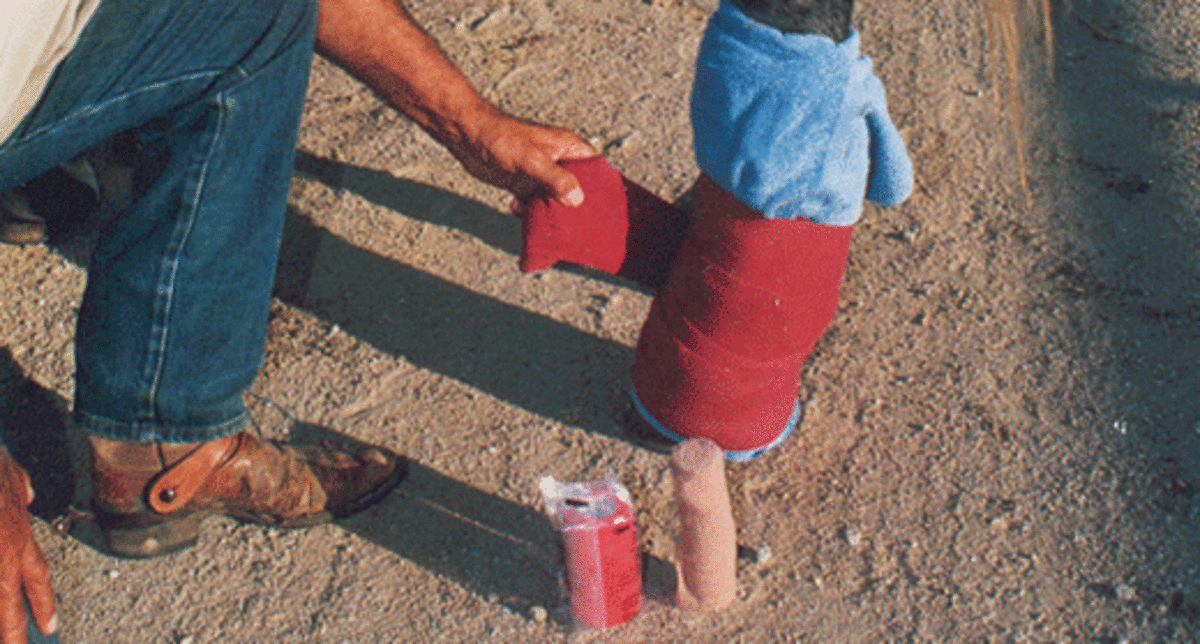
In my 50 years of roping and being around ropings, I’ve seen some serious injuries incurred by horses in the course of making a run. Considering the level of physical activity involved in roping, these events are bound to happen, but fortunately have a low incidence of occurrence relative to some other equine endeavors.
Racehorses suffer a much higher incidence of breakdown injuries than rope horses. I believe the higher rate of injury in racehorses is due to several factors, including fatigue, age and perhaps temperament.
Immediate recognition of a potentially serious injury is important, so that measures can be taken on the spot to lessen further damage or trauma. A fracture of a long bone, such as the cannon, radius or tibia, is blatantly obvious because of the instability or displacement of the bone.
One injury that I’ve seen happen more than once occurs to a head horse making the corner. With weight on one of the hind legs, and the torque of making the turn, enough force can be generated to fracture one of the pastern bones (the first or second phalanx). The horse will become immediately non-weight-bearing, holding the leg off the ground in a flexed position.
In a situation like this, one should just stop, dismount and give the situation a little time. If the horse has just hit or “stung” himself, he may walk off in a few minutes relatively normally. If the symptoms of non-weight-bearing and apprehension remain, one should assume a serious injury and act accordingly.
If you’re near veterinary service, it’s time to get on the phone and describe your problem. You usually have two important considerations. The first is what to do to prevent further damage, and the second is how to transport the injured horse to a facility for evaluation.
It’s important to immobilize the injured area immediately. A heavy compress supportive bandage should be applied. You can improvise by wrapping the leg using towels or pillows as the padding for a makeshift supportive bandage if you don’t have the usual leg-bandaging supplies.
Heavy padding allows for more flat pressure to be applied than just starting to wrap a leg without padding. Dowels, pieces of PVC pipe, or sections of broom or hoe handle can be used for added stability over the outside of the padded bandage.
As for using any drugs at the time of an injury of this sort, I’d be careful. Using a drug such as phenylbutazone (“bute”) or flunexin (“banamine”) is probably alright
to ease the discomfort. I would not sedate the horse, because he needs all his awareness and muscle tone to protect himself in getting to a stall or trailer.
As a veterinarian, I use several different diagnostic techniques in evaluating these cases. The history of the event can be very important as to what to consider in diagnosing the problem. Then the physical examination of degree and type of gait abnormality, swelling noted, and palpation of the area come into play.
Further diagnostic techniques such as radiography (X-rays) and ultrasonic evaluation of the soft tissue (tendons and ligaments) are sometimes needed to fully evaluate the situation in order to advise on treatment and prognosis of outcome.










